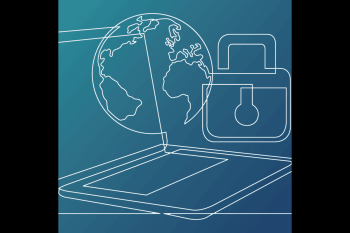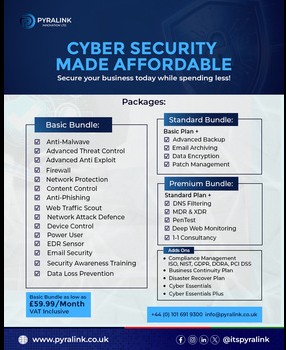Sometimes family and friends may not really understand
what you do for work until you explain and even with that you have to prove it
sometimes. Recently, I set up a homelab using an old desktop and installed an
Ubuntu Server 24.04.1 LTS on it, just to show a scaled down version of DevOps
using my home network. I would be sharing some of the services running on this
server.
Using Linux, I converted a USB printer to a network
printer so that other users can remotely send their jobs to the printer. The
solution - CUPS (Common Unix Printing System). CUPS is an open-source printing
system that enables network printing. I physically
connected the USB printer to the server and installed CUPS in the terminal using sudo apt install cups -y.
The configuration process would be for another day.
Here is
the byte-size tip for today.
#Linux #Devops
Cyberattackers
often target loopholes in older versions of a software. Check out how the latest
update in Firefox mitigates a potential issue.
Firefox 135.0.1 by Mozilla is a new
release containing
both a stability and security update addressing a
high-severity memory safety vulnerability (CVE-2025-1414) that exposed users to
potential remote code execution (RCE) attacks. The
patch resolves critical flaws in Firefox 135.0, which could have
allowed attackers to exploit memory corruption and compromise systems.
Attackers
can create malicious websites to exploit memory corruption vulnerabilities,
allowing them to execute arbitrary code on unpatched systems. In Firefox 135.0,
memory safety flaws were found to be exploitable, with Mozilla confirming that
advanced threat actors could leverage these weaknesses to bypass security
measures and take control of user sessions. A successful attack could result in
credential theft, malware installation, or lateral movement across enterprise
networks.
What
Should You Do Today?
Users should update
immediately by navigating to Menu > Help > About Firefox or downloading
the latest version from Mozilla’s official sources.
Enterprises must prioritize
patch deployment across endpoints, especially on systems managing sensitive
data. Administrators can reduce
risk by restricting access to untrusted websites and implementing network
segmentation to prevent lateral movement after exploitation.
Meanwhile, end-users should
stay vigilant and ensure automatic updates are enabled to receive critical
security fixes without delay.
At Pyralink we are available to implement a cybersecurity consciousness culture
in your organization. Contact us today at pyralink.co.uk




